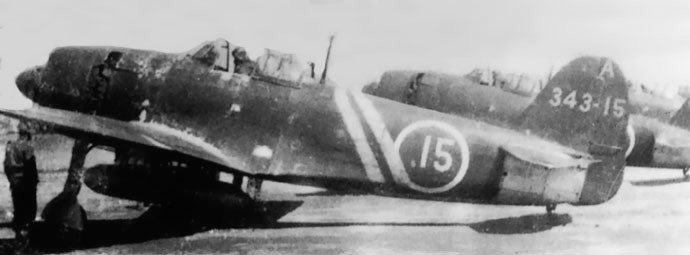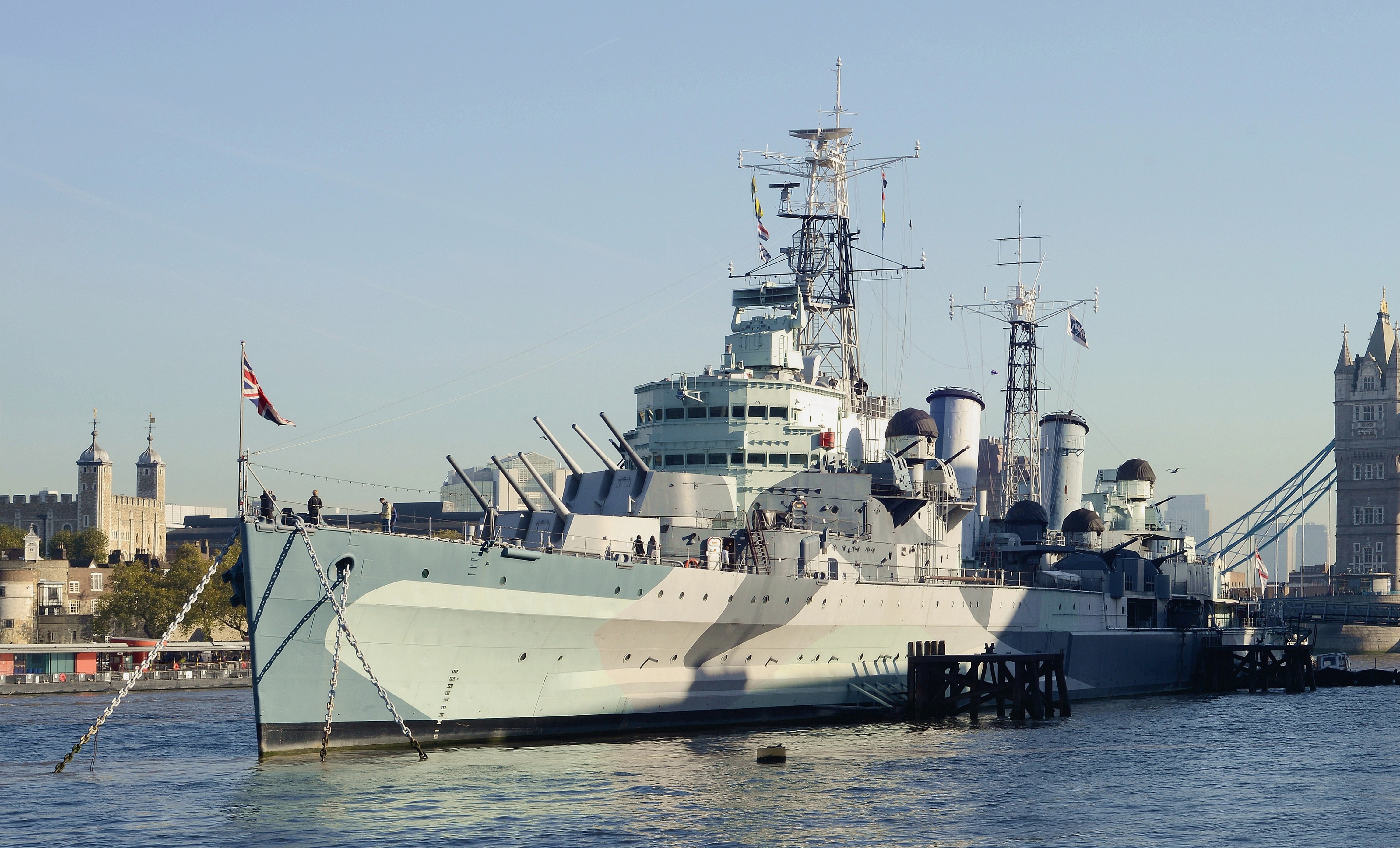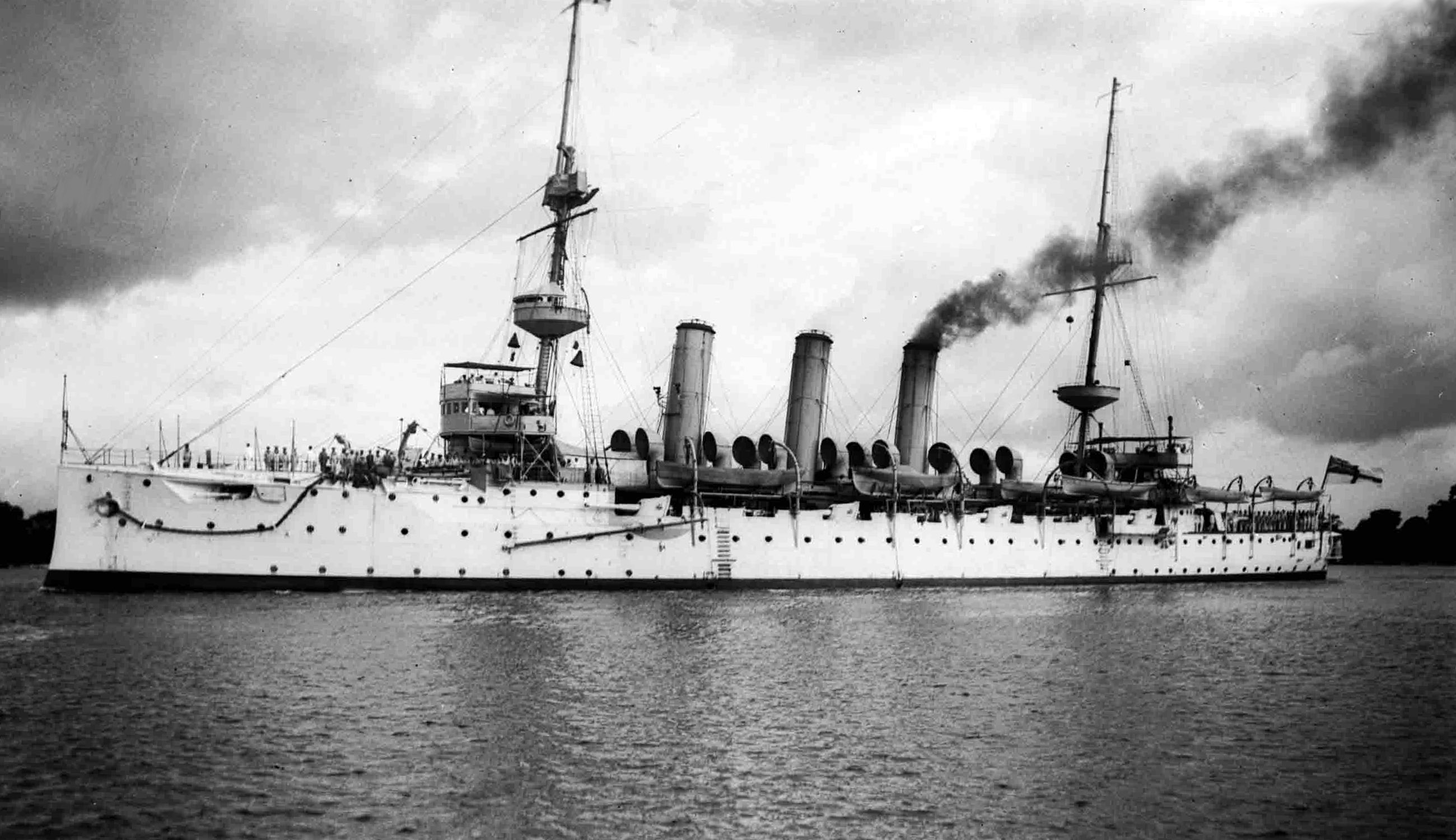|
Sentai
In Japanese, is a military unit and may be literally translated as " squadron", " task force", " division (of ships)", " group" or "wing". The terms "regiment" and "flotilla", while sometimes used as translations of ''sentai'', are also used to refer to larger formations. Imperial Japanese aviation ''sentai'' The term was used during World War II by the military of the Empire of Japan for Imperial Japanese Army Air Service (IJAAS) and Imperial Japanese Navy Air Service (IJNAS) military aviation units equivalent to a group or wing in other air forces. However, the term had slightly different meanings in the IJAAS and the IJNAS. An IJAAS ''Sentai'' was made up of two to four squadrons (''chūtai''). In the IJAAS, two or more ''Sentai'' comprised a ''hikōdan'' (air brigade). In the later stages of World War II, the IJAAS abolished ''chūtai'' and divided its ''sentai'' into '' hikōtai'' (flying units) and ''seibitai'' (maintenance units). A ''sentai'' commander (''sentaichō ... [...More Info...] [...Related Items...] OR: [Wikipedia] [Google] [Baidu] |
Imperial Japanese Army Air Service
The Imperial Japanese Army Air Service (IJAAS) or Imperial Japanese Army Air Force (IJAAF; ja, 大日本帝國陸軍航空部隊, Dainippon Teikoku Rikugun Kōkūbutai, lit=Greater Japan Empire Army Air Corps) was the Military aviation, aviation force of the Imperial Japanese Army (IJA). Just as the IJA in general was modeled mainly on the German Army (1935–1945), German Army, the IJAAS initially developed along similar lines to the Luftstreitkräfte, Imperial German Army Aviation; its primary mission was to provide tactical close air support for ground forces, as well as a limited air interdiction capability. The IJAAS also provided aerial reconnaissance to other branches of the IJA. While the IJAAS engaged in Strategic bombing during World War II, strategic bombing of cities such as Shanghai, Battle of Nanking#Aerial bombardment of Nanking, Nanking, Guangzhou, Canton, Bombing of Chongqing, Chongqing, Bombing of Rangoon in World War II, Rangoon, and Bombing of Mandalay (1942) ... [...More Info...] [...Related Items...] OR: [Wikipedia] [Google] [Baidu] |
Kōkūtai
A ''Kōkūtai'' () was a term used by the Imperial Japanese Navy Air Service (IJNAS) to designate a military aviation unit, similar to the Air Groups in other air arms and services of the time. (''Group'' in the British Royal Air Force, ''Gruppe'' in the German Luftwaffe, ''Groupe'' in the French Armée de l'Air etc.) A Kōkūtai could be based at land or on board aircraft carriers and could contain up to hundreds of men and aircraft. For example, the famous 343 Kōkūtai was a land based fighter group while the 652nd Kōkūtai was a carrier-based bomber group. Kōkūtai were divided into smaller units called Hikōtai, which were the equivalent of a squadron. Kōkūtai were usually divided into three Hikōtai. In general, most pilots and aircrew in the Imperial Japanese Navy Air Service were non-commissioned officers. The word Kōkūtai is abbreviated with the abbreviation "Ku" (空). 343 Ku, for example, stands for 343 Kōkūtai. In the Imperial Japanese Army Air Service (IJA ... [...More Info...] [...Related Items...] OR: [Wikipedia] [Google] [Baidu] |
Japanese Language
is spoken natively by about 128 million people, primarily by Japanese people and primarily in Japan, the only country where it is the national language. Japanese belongs to the Japonic or Japanese- Ryukyuan language family. There have been many attempts to group the Japonic languages with other families such as the Ainu, Austroasiatic, Koreanic, and the now-discredited Altaic, but none of these proposals has gained widespread acceptance. Little is known of the language's prehistory, or when it first appeared in Japan. Chinese documents from the 3rd century AD recorded a few Japanese words, but substantial Old Japanese texts did not appear until the 8th century. From the Heian period (794–1185), there was a massive influx of Sino-Japanese vocabulary into the language, affecting the phonology of Early Middle Japanese. Late Middle Japanese (1185–1600) saw extensive grammatical changes and the first appearance of European loanwords. The basis of the standard dial ... [...More Info...] [...Related Items...] OR: [Wikipedia] [Google] [Baidu] |
Lieutenant Colonel
Lieutenant colonel ( , ) is a rank of commissioned officers in the armies, most marine forces and some air forces of the world, above a major and below a colonel. Several police forces in the United States use the rank of lieutenant colonel. The rank of lieutenant colonel is often shortened to simply "colonel" in conversation and in unofficial correspondence. Sometimes, the term 'half-colonel' is used in casual conversation in the British Army. In the United States Air Force, the term 'light bird' or 'light bird colonel' (as opposed to a 'full bird colonel') is an acceptable casual reference to the rank but is never used directly towards the rank holder. A lieutenant colonel is typically in charge of a battalion or regiment in the army. The following articles deal with the rank of lieutenant colonel: * Lieutenant-colonel (Canada) * Lieutenant colonel (Eastern Europe) * Lieutenant colonel (Turkey) * Lieutenant colonel (Sri Lanka) * Lieutenant colonel (United Kingdom) * ... [...More Info...] [...Related Items...] OR: [Wikipedia] [Google] [Baidu] |
Flagship
A flagship is a vessel used by the commanding officer of a group of naval ships, characteristically a flag officer entitled by custom to fly a distinguishing flag. Used more loosely, it is the lead ship in a fleet of vessels, typically the first, largest, fastest, most heavily armed, or best known. Over the years, the term "flagship" has become a metaphor used in industries such as broadcasting, automobiles, education, technology, airlines, and retail to refer to their highest profile or most expensive products and locations. Naval use In common naval use, the term ''flagship'' is fundamentally a temporary designation; the flagship is wherever the admiral's flag is being flown. However, admirals have always needed additional facilities, including a meeting room large enough to hold all the captains of the fleet and a place for the admiral's staff to make plans and draw up orders. Historically, only larger ships could accommodate such requirements. The term was also used b ... [...More Info...] [...Related Items...] OR: [Wikipedia] [Google] [Baidu] |
Light Cruiser
A light cruiser is a type of small or medium-sized warship. The term is a shortening of the phrase "light armored cruiser", describing a small ship that carried armor in the same way as an armored cruiser: a protective belt and deck. Prior to this smaller cruisers had been of the protected cruiser model, possessing armored decks only. While lighter and smaller than other contemporary ships they were still true cruisers, retaining the extended radius of action and self-sufficiency to act independently around the world. Through their history they served in a variety of roles, primarily as convoy escorts and destroyer command ships, but also as scouts and fleet support vessels for battle fleets. Origins and development The first small steam-powered cruisers were built for the British Royal Navy with HMS ''Mercury'' launched in 1878. Such second and third class protected cruisers evolved, gradually becoming faster, better armed and better protected. Germany took a lead in small cru ... [...More Info...] [...Related Items...] OR: [Wikipedia] [Google] [Baidu] |
Destroyer
In naval terminology, a destroyer is a fast, manoeuvrable, long-endurance warship intended to escort larger vessels in a fleet, convoy or battle group and defend them against powerful short range attackers. They were originally developed in 1885 by Fernando Villaamil for the Spanish NavySmith, Charles Edgar: ''A short history of naval and marine engineering.'' Babcock & Wilcox, ltd. at the University Press, 1937, page 263 as a defense against torpedo boats, and by the time of the Russo-Japanese War in 1904, these "torpedo boat destroyers" (TBDs) were "large, swift, and powerfully armed torpedo boats designed to destroy other torpedo boats". Although the term "destroyer" had been used interchangeably with "TBD" and "torpedo boat destroyer" by navies since 1892, the term "torpedo boat destroyer" had been generally shortened to simply "destroyer" by nearly all navies by the First World War. Before World War II, destroyers were light vessels with little endurance for unat ... [...More Info...] [...Related Items...] OR: [Wikipedia] [Google] [Baidu] |
Seaplane Tender
A seaplane tender is a boat or ship that supports the operation of seaplanes. Some of these vessels, known as seaplane carriers, could not only carry seaplanes but also provided all the facilities needed for their operation; these ships are regarded by some as the first aircraft carriers and appeared just before the First World War. Terminology In maritime parlance a tender is a vessel that is used to support the operation of other vessels. In British usage, the term tender was used for small craft, with the term depot ship being used for large seagoing vessels. Flying boats and float planes even when based at home in ports and harbour had a need for small support vessels to operate.p British tenders were small craft of launch to pinnace size. These were used to ferry crews, stores and supplies between shore and the aircraft, to maintain the buoys used to mark out "taxiways" and "runways" and to keep these clear of debris to prevent foreign object damage, and in the case o ... [...More Info...] [...Related Items...] OR: [Wikipedia] [Google] [Baidu] |
Aircraft Carrier
An aircraft carrier is a warship that serves as a seagoing airbase, equipped with a full-length flight deck and facilities for carrying, arming, deploying, and recovering aircraft. Typically, it is the capital ship of a fleet, as it allows a naval force to project air power worldwide without depending on local bases for staging aircraft operations. Carriers have evolved since their inception in the early twentieth century from wooden vessels used to deploy balloons to nuclear-powered warships that carry numerous fighters, strike aircraft, helicopters, and other types of aircraft. While heavier aircraft such as fixed-wing gunships and bombers have been launched from aircraft carriers, these aircraft have not successfully landed on a carrier. By its diplomatic and tactical power, its mobility, its autonomy and the variety of its means, the aircraft carrier is often the centerpiece of modern combat fleets. Tactically or even strategically, it replaced the battleship in th ... [...More Info...] [...Related Items...] OR: [Wikipedia] [Google] [Baidu] |
Warship
A warship or combatant ship is a naval ship that is built and primarily intended for naval warfare. Usually they belong to the armed forces of a state. As well as being armed, warships are designed to withstand damage and are usually faster and more maneuverable than merchant ships. Unlike a merchant ship, which carries cargo, a warship typically carries only weapons, ammunition and supplies for its crew. Warships usually belong to a navy, though they have also been operated by individuals, cooperatives and corporations. In wartime, the distinction between warships and merchant ships is often blurred. In war, merchant ships are often armed and used as armed merchantman, auxiliary warships, such as the Q-ships of the First World War and the armed merchant cruisers of the Second World War. Until the 17th century it was common for merchant ships to be pressed into naval service and not unusual for more than half a Naval fleet, fleet to be composed of merchant ships. Until the th ... [...More Info...] [...Related Items...] OR: [Wikipedia] [Google] [Baidu] |
Minelayer
A minelayer is any warship, submarine or military aircraft deploying explosive mines. Since World War I the term "minelayer" refers specifically to a naval ship used for deploying naval mines. "Mine planting" was the term for installing controlled mines at predetermined positions in connection with coastal fortifications or harbor approaches that would be detonated by shore control when a ship was fixed as being within the mine's effective range. Before World War I, mine ships were termed mine planters generally. For example, in an address to the United States Navy ships of Mine Squadron One at Portland, England, Admiral Sims used the term “mine layer” while the introduction speaks of the men assembled from the “mine planters”. During and after that war the term "mine planter" became particularly associated with defensive coastal fortifications. The term "minelayer" was applied to vessels deploying both defensive- and offensive mine barrages and large scale sea mining ... [...More Info...] [...Related Items...] OR: [Wikipedia] [Google] [Baidu] |






.jpg)
